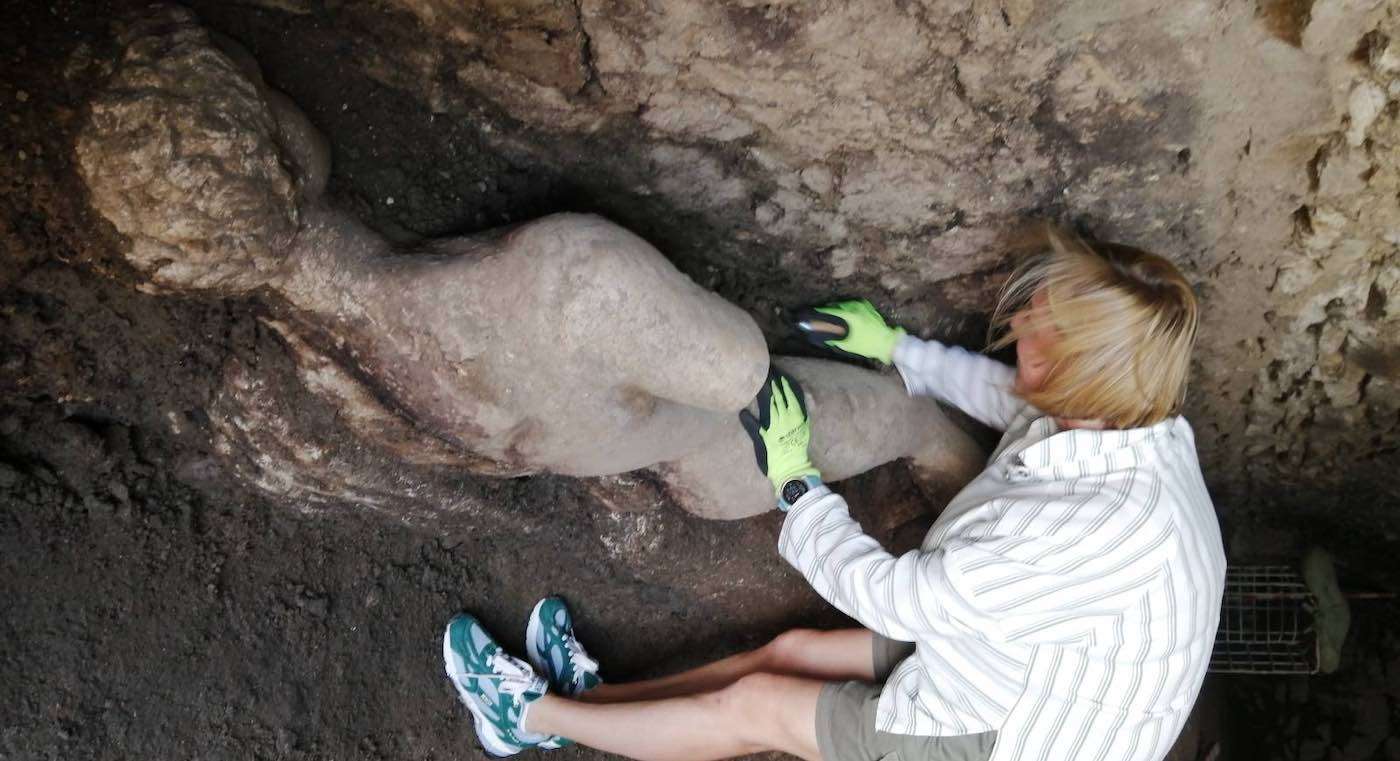Tokyo's Restaurant of Mistaken Orders Employs Dementia Waiters for Unexpected Meals
Tokyo's "Restaurant of Order Mistakes" features waiters and waitresses who have dementia, and who are given free reign to make mistakes.

Bulgarian archaeologists conducting routine excavations unearthed an extraordinary find in an ancient sewer system.
In Heraclea Sintica, near the Greek border, they discovered a perfectly preserved marble statue of Hermes, the messenger god, possibly concealed to shield it from zealous Christianized Romans. This site, believed to have been established by Philip II during the Macedonian kingdom of Alexander the Great, yielded what experts describe as one of Bulgaria's most exceptional ancient statues.
The city endured successive earthquakes from 388 CE onwards, culminating in its abandonment around 500 CE as nomadic tribes such as the Bulgars and Huns asserted control over the region.
Two theories attempt to explain why this valuable statue might have been placed in the sewers: to protect it from seismic activity or to safeguard it from potential confiscation by Roman authorities who, as Christians, opposed pagan idols.
Lyudmil Vagalinski, the excavation's scientific director, recounted to the New York Times, "We stumbled upon it by accident. It was a remarkable sight—a complete statue revealed before us."
Efforts are currently underway to extract the statue using a specialized hydraulic crane. Once exposed to daylight, the statue—largely intact except for minor damage to its lower arms—will undergo cleaning and restoration.
"I won't rush to conclusions, but I can confidently say this ancient statue is not only the best-preserved discovery here but also among the entire territory of Bulgaria," Vagalinski asserted in a social media statement.
The statue is slated to be exhibited at the History Museum in Petrich.
Be the first to comment